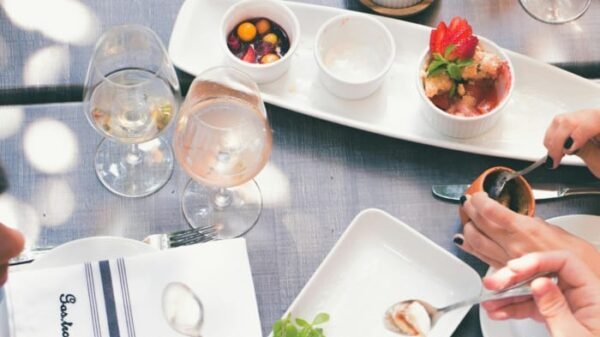Dondurma Is The Turkish Ice Cream That Never Melts
Have you ever experienced the frustration of your ice cream melting faster than you can enjoy it on a hot summer day? Well, fear not, because Turkish dondurma is here to solve that problem. Dondurma, a unique type of ice cream from Turkey, is known for its stretchy and chewy texture, which helps it retain its shape even under the scorching sun. But what makes dondurma so special? Let’s delve into the fascinating world of dondurma and understand why it never melts.
The Origin of Dondurma
Dondurma, which translates to “freezing” in Turkish, has a history that goes back centuries. Its roots can be traced back to the Turks of Central Asia, who created a similar frozen treat using milk and honey. As the Ottoman Empire expanded, so did the popularity of dondurma, eventually becoming an integral part of Turkish culinary culture.
The Secret Ingredient: Salep
One of the key elements that makes dondurma so unique is the ingredient called salep. Salep is derived from the root of a special type of orchid flower, known as “orchis mascula,” which grows in the mountainous regions of Turkey. This natural ingredient gives dondurma its distinct taste and texture, making it stand out from ordinary ice creams.
The Stretchy and Chewy Texture
Dondurma’s signature texture is what truly sets it apart. The addition of salep gives dondurma a thicker consistency, making it stretchy and chewy. As you take a bite, you’ll notice it doesn’t easily dissolve like traditional ice creams, allowing you to enjoy each mouthful for a longer period. This unique texture is not only satisfying but also makes dondurma perfect for creative presentation.
The Resistance to Melting
So, why doesn’t dondurma melt like other ice creams? The answer lies in the ingenious combination of salep, mastic resin, and misir unu (ground cornstarch). The salep and mastic resin act as natural stabilizers, preventing the melting process, while the misir unu adds an extra level of viscosity. These ingredients work in harmony to create an ice cream that can withstand the heat and maintain its shape for longer periods.
The Ritual of Serving Dondurma
Serving dondurma is not just about scooping it into a cone or a cup. In Turkish culture, it is a performance. Ice cream vendors, known as “dondurma ustası,” demonstrate their mastery by skillfully stretching and manipulating the dondurma using long paddles. They playfully tease customers by offering a scoop, only to retract it at the last moment. This spectacle adds an extra element of excitement and fun to the whole ice cream experience.
Flavors and Varieties
While traditional flavors like vanilla, chocolate, and strawberry can be found, dondurma also offers a wide range of unique and delicious flavors. From exotic options like saffron and rose to local favorites such as mastic and black mulberry, there is a flavor to suit every palate. Each spoonful offers a burst of flavors, making dondurma an adventure for your taste buds.
Conclusion
Turkish dondurma is not just ice cream; it is an experience that delights all the senses. Its stretchy and chewy texture, thanks to the addition of salep, sets it apart from other frozen treats. The secret combination of ingredients not only ensures dondurma maintains its shape under the scorching sun but also offers a unique and satisfying taste. So, the next time you find yourself craving ice cream on a hot day, consider trying dondurma for a refreshing and delightful experience that will never melt away.
*Source www.foodrepublic.com




































